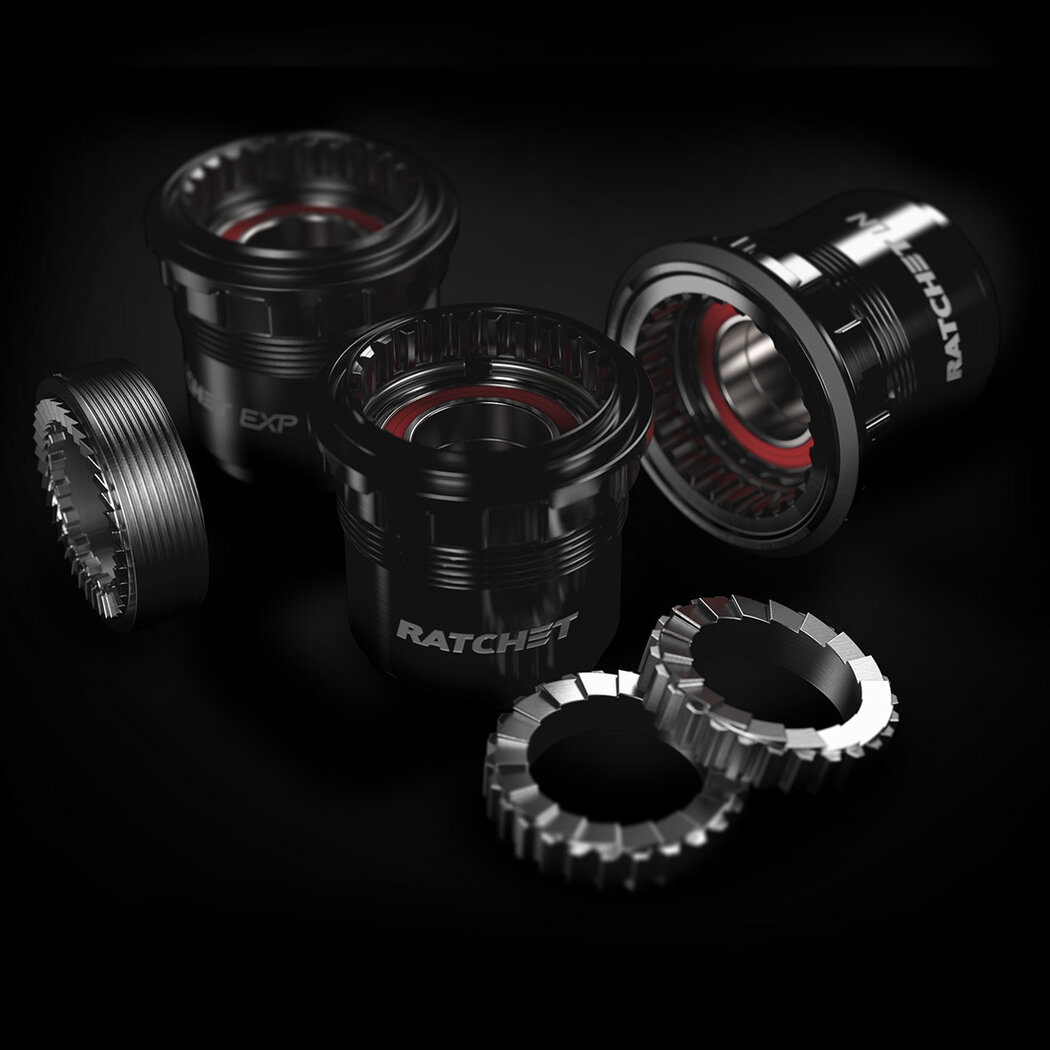OUR MISSION
DT Swiss meticulously develops high-performance cycling components that provide a competitive edge to every ambitious cyclist*.
*If you have a goal you are ambitious
OUR MISSION
DT Swiss meticulously develops high-performance cycling components that provide a competitive edge to every ambitious cyclist*.
*If you have a goal you are ambitious
We believe in the art of engineering and strive for sophistication in the product development process. Our guiding idea is to constantly push barriers with our inhouse developed technologies.

Find compatible spare- and conversion parts, as well as manuals and how-to videos for your product.
